Measurement Class 1 Notes Maths Chapter 7
| Table of contents |

|
| What is Measurement? |

|
| Comparing Lengths |

|
| Measuring Length |

|
| Comparing Mass (or Weight) |

|
| Measuring Mass |

|
| Comparing Capacity |

|
| Measuring Capacity |

|
What is Measurement?
- Look around! Some things are long, like a skipping rope, while others are short, like a pencil. Some objects hold a little water, like a teacup, while others hold a lot, like a big water bottle.
- We use measurement to find out how long, tall, heavy, or full something is. When we measure, we can compare—Is the table longer than the bed? Does a bucket hold more water than a mug?
- Let’s explore measurement and learn how we can compare length, distance, and capacity in fun ways!
Comparing Lengths
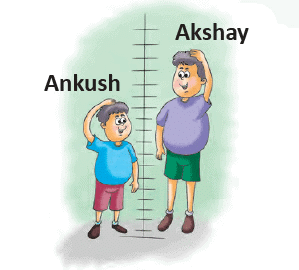 The teacher asks the students to stand heightwise in a line.
The teacher asks the students to stand heightwise in a line.
Akshay to Ankush: Let us stand next to each other to check who is taller, and who is shorter.
Akshay is taller than Ankush.
Ankush is shorter than Akshay.
Other students also did the same activity with each other and the line is formed as asked by the teacher.
Question: Circle the shortest shirt.
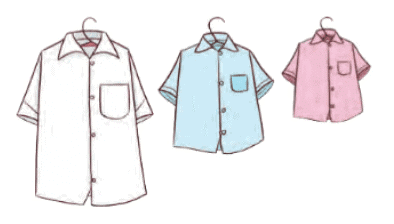
Ans:
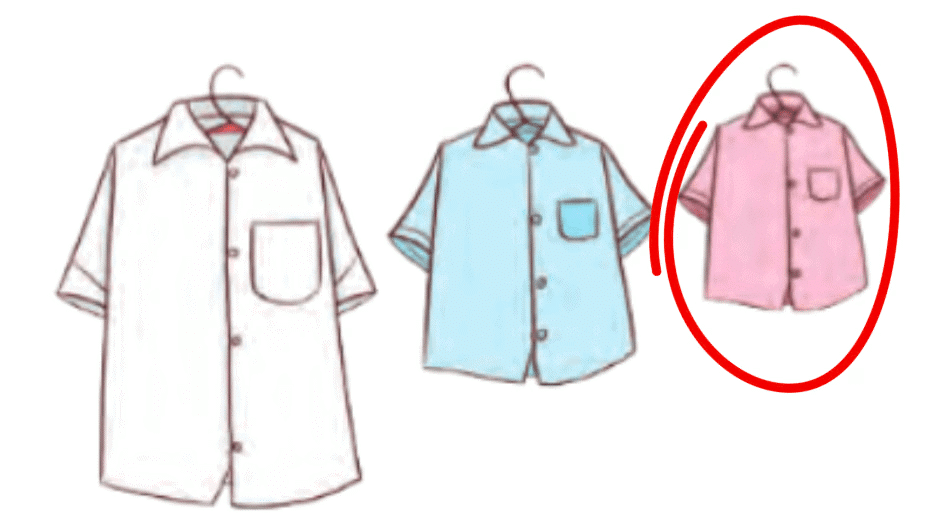
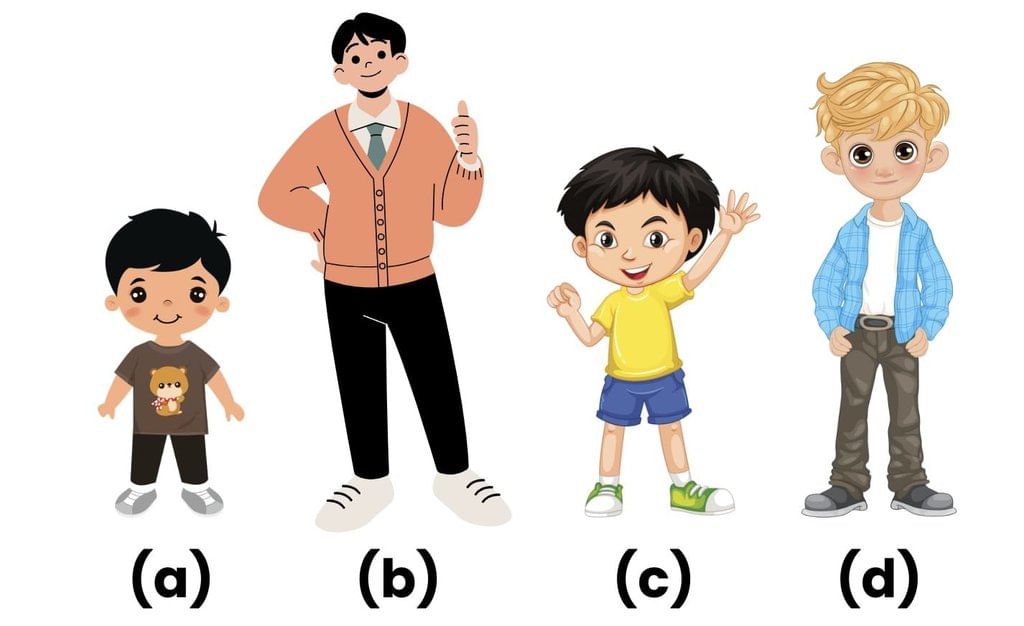
Measuring Length
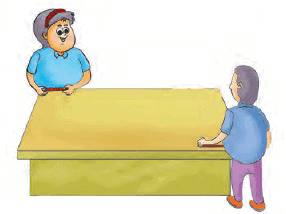 Mohit and Meeta place their pencils along the edge of the tabletop to measure the length of the table.
Mohit and Meeta place their pencils along the edge of the tabletop to measure the length of the table.
Mohit: The length of the table is the same as 10 pencils.
Meeta: The length of the table is the same as 14 pencils.
Their measurement is different because Meeta's pencil is shorter than Mohit's pencil.
For correct measurement, Mohit and Meeta both should have used pencils of the same length.
Edurev Tips: If two people measure the length of the same object using the same ‘standard length’, their measurement will be the same or nearly same.
Measuring Length Using Body Parts
Long ago, people used to measure the length or height of objects using their body parts.
Some body parts that are used as units of length are shown below:
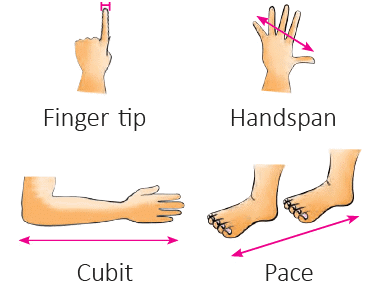
Question: What will you choose to measure the following objects?
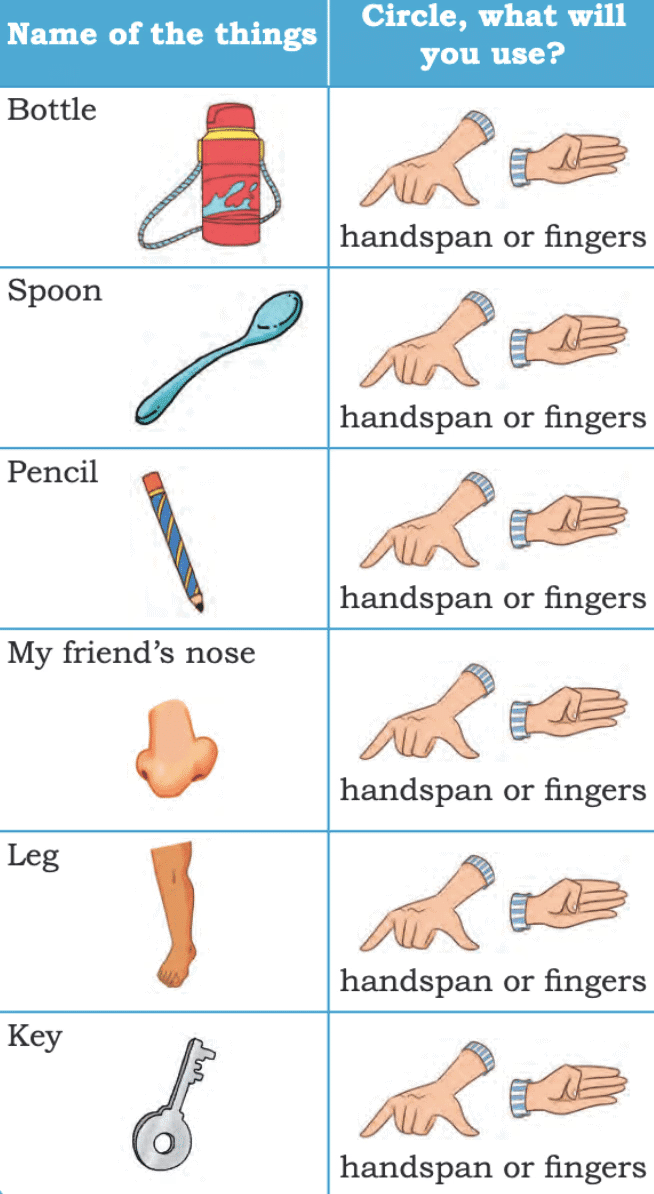
Ans:
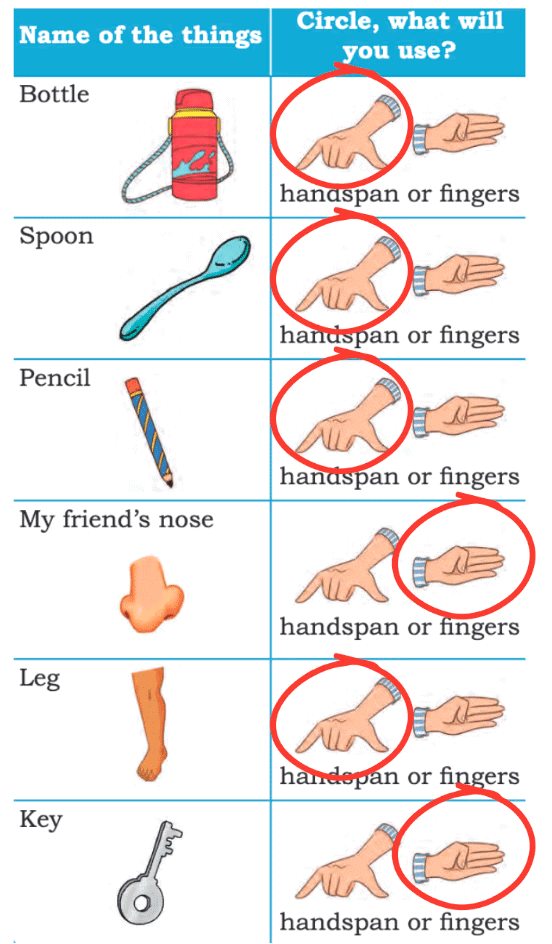
Comparing Mass (or Weight)
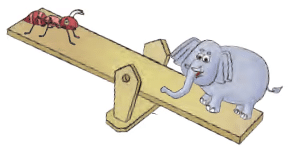
 are playing on a see-saw.
are playing on a see-saw. is light. Ant weighs less. It has less mass.
is light. Ant weighs less. It has less mass. is heavy. Elephant weighs more. It has more mass.
is heavy. Elephant weighs more. It has more mass.
- In everyday routine, we consider no difference in the meaning of mass and weight.
- Weight of an object tells how heavy or light the object is.
Question: Which candle is the lightest?
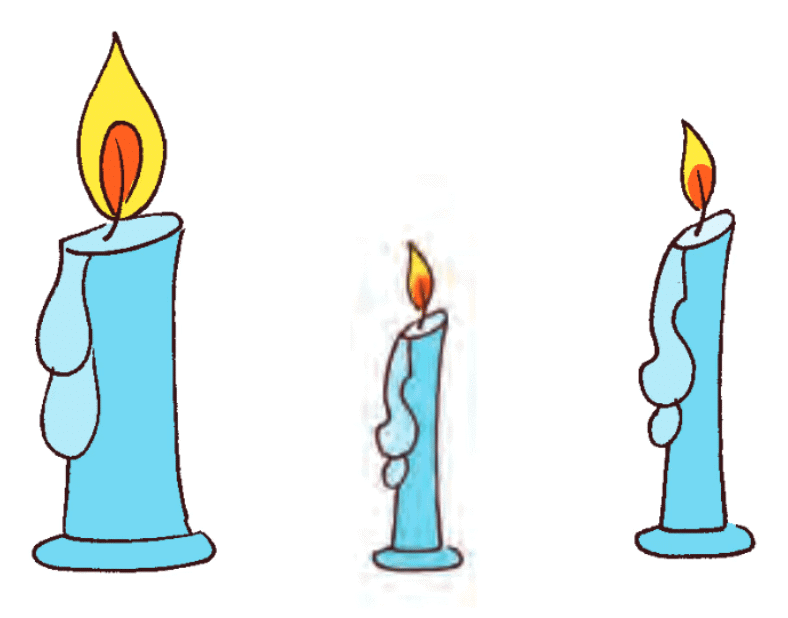
Ans:
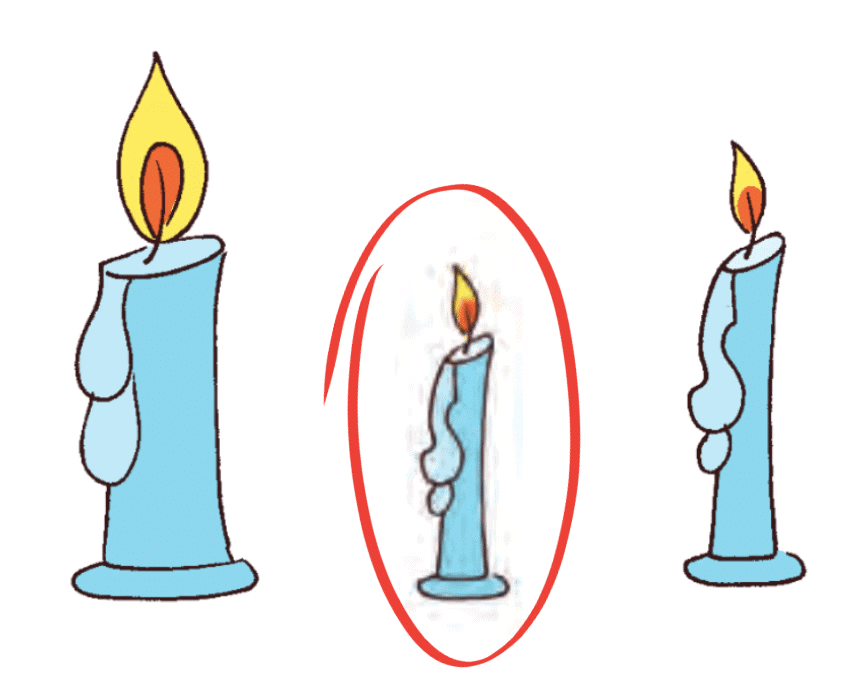
Measuring Mass
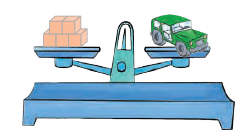 Kripa and Vanshika are playing with their "Toy Balance" and blocks to know how heavy their toys are. When the balance is level, it means the mass on two sides of the balance is equal. Here, the mass of the toy car is 5 blocks.
Kripa and Vanshika are playing with their "Toy Balance" and blocks to know how heavy their toys are. When the balance is level, it means the mass on two sides of the balance is equal. Here, the mass of the toy car is 5 blocks.
Comparing Capacity


Capacity of a container tells how much liquid it can hold.
Question: Circle the container that can hold more water.
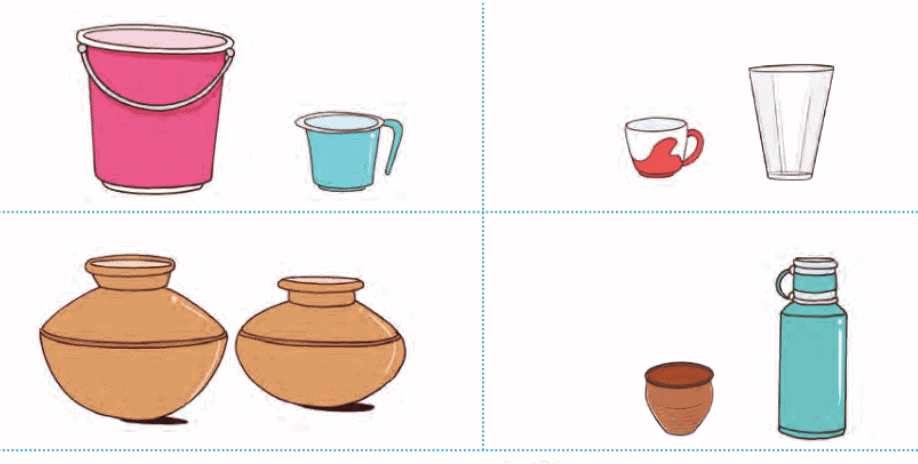
Ans:
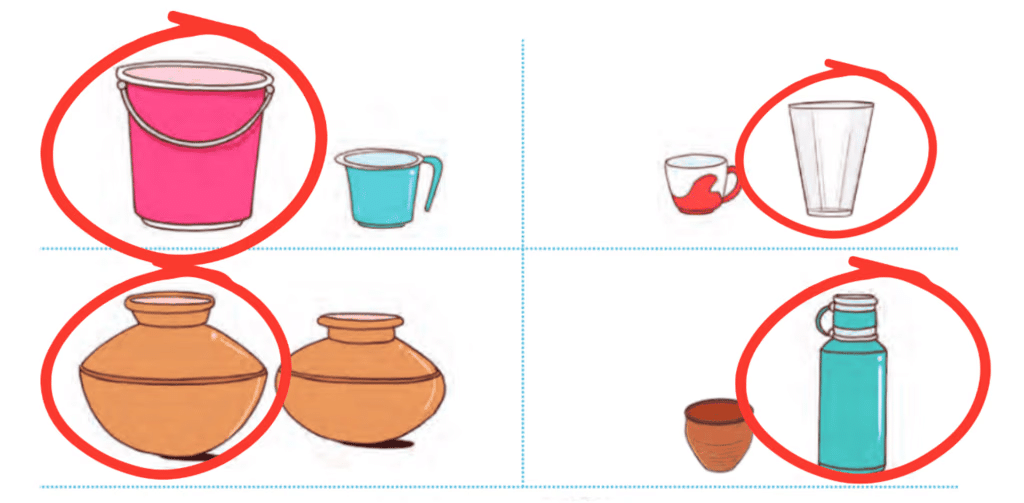
Measuring Capacity
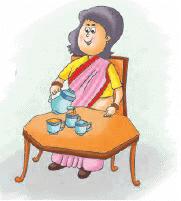 This teapot holds 3 cups of tea. Or we can say that the capacity of this teapot is 3 cupfuls.
This teapot holds 3 cups of tea. Or we can say that the capacity of this teapot is 3 cupfuls.
|
39 videos|158 docs|19 tests
|
FAQs on Measurement Class 1 Notes Maths Chapter 7
| 1. How do you compare lengths? |  |
| 2. What are the units used for measuring length? |  |
| 3. How do you measure mass or weight? |  |
| 4. How can you compare capacities? |  |
| 5. What units are used for measuring capacity? |  |















